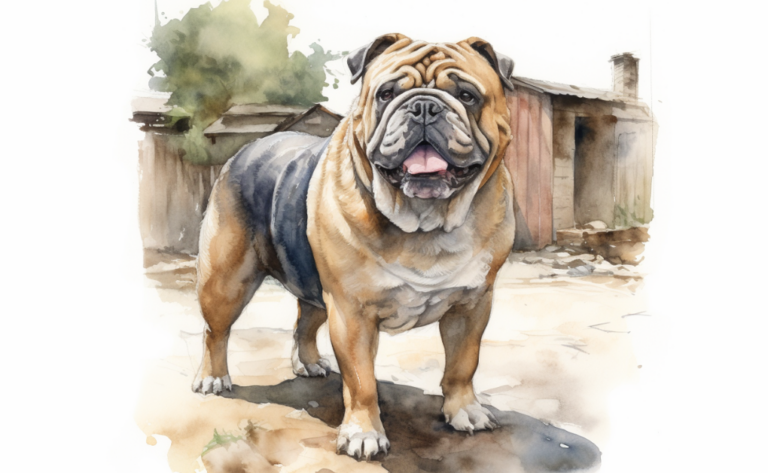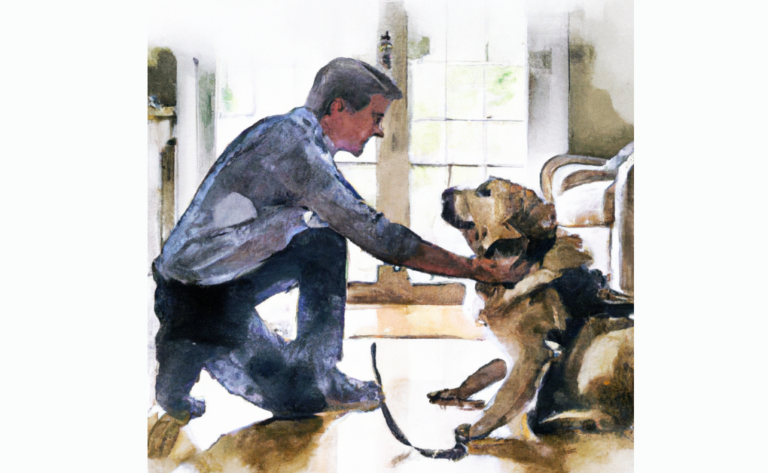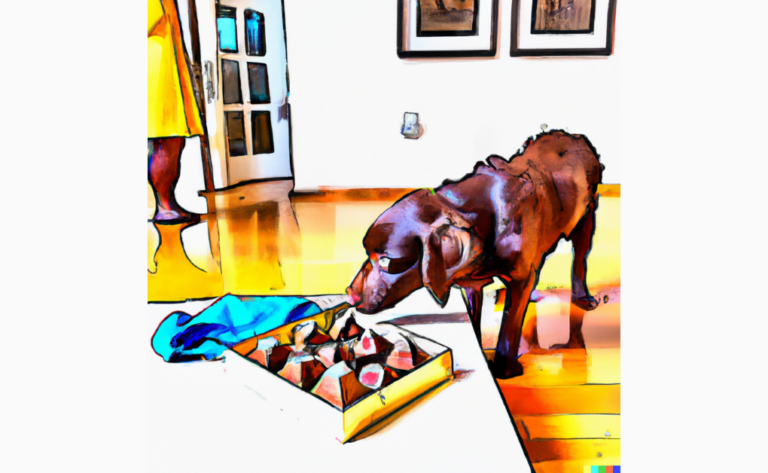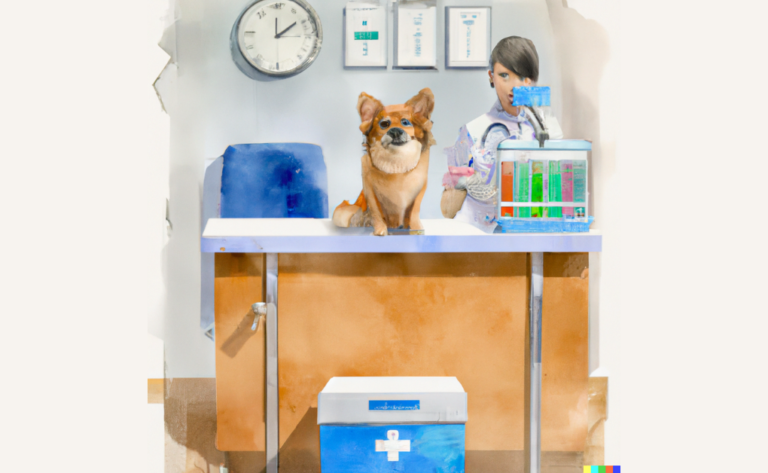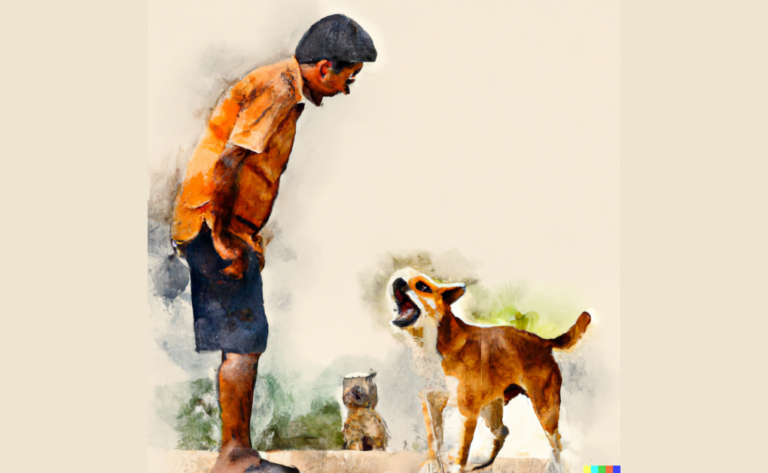Keeping Your Pet Free of Foreign Bodies
Introduction
It was an ordinary day for Emily when she noticed her usually energetic dog, Cooper, suddenly acting lethargic and uninterested in his favorite toys. Alarmed and uncertain about the cause, Emily rushed Cooper to the veterinarian, only to discover that her beloved pet had ingested a foreign object.
Have you ever wondered how your pet gets rid of foreign objects such as a piece of food, hair, or even a toy?
The answer is simple: they swallow them! However, the process by which this happens varies from animal to animal and can be pretty complicated. Sometimes your pet may ingest something harmful, which can happen when he eats grass, leaves, sticks, or anything else that isn’t food and ends up having intestinal blockage or intestinal obstruction.
This article will explain how your pet cleans himself and what you can do to prevent him from swallowing dangerous things.
Foreign bodies are small items that enter the body through the mouth, nose, eyes, ears, etc. They can be dangerous because they may cause infection, inflammation, bleeding, swelling, pain, or damage to internal organs.
Foreign body ingestions in dogs and cats commonly occur during playtime, chewing, eating, drinking, grooming, and self-trauma. Foreign body ingestions can cause severe complications, including obstruction, perforation, hemorrhage, sepsis, and death.
Obstructive gastrointestinal (GI) foreign bodies (OB/IBS) are often caused by ingested objects such as toys, socks, panty liners, string, bones, and coins. These objects can become lodged in the GI tract causing inflammation, ulceration, necrosis, and stricture formation. Diagnosis depends upon clinical signs, history, physical exam findings, imaging studies, and endoscopic evaluation. Treatment includes supportive care, medical management, and surgery.
What Types of Items Do Pets Swallow?
Pets swallow many things, including toys, food, and foreign bodies. Some items are dangerous; some aren’t. But most pet owners must realize that their pets may be swallowing these items.
Some everyday items include:
- Toys – Small toys can easily slip out of the dog’s mouth and cause choking. Keep all toys out of reach.
- Food – Chewing on bones, hard candy, or other foods can lead to severe injuries. Make sure your pet doesn’t have access to these types of items.
- Medications – Certain medications can make your pet more likely to choke on them. Ask your vet if your pet needs to be on any special diet while taking certain medications.
- Jewelry – Necklaces, collars, and rings can get caught in your pet’s throat and cause severe damage. Remove any jewelry before giving your pet treats or snacks.
- Household Cleaners – Strong chemicals in many cleaning products can irritate your pet’s stomach lining and cause vomiting. Ask your vet if there are safer alternatives available.
- Plants – Many plants contain toxic substances that can cause poisoning when ingested. Avoid placing poisonous plants near your pet’s food and water bowls.
- Coins – Coins can become lodged in your pet’s esophagus and cause obstruction. Never leave coins lying around for your pet to find.
- Plastic – Plastics can break down into small pieces that block your pet’s airway. Don’t let plastic bags or wrappers accumulate around your home.
- Paper Towels – Paper towels can wrap around your pet’s neck and obstruct breathing when used as litter. Always use disposable paper towels instead.
- Garbage – Animals can ingest garbage through their nose or mouth. Place trash cans at least three feet away from your pet’s bedding area.
- Nails – Long nails can pierce your pet’s tongue or windpipe, causing respiratory distress. Trim your pet’s nails regularly, so they don’t grow too long.
- Hairballs – Hairballs are formed when hair gets stuck in your pet’s digestive tract, and they can cause your pet to vomit frequently. Use a soft brush to remove loose hairs from your pet’s coat.
- Feathers – Birds often eat feathers. Removing them yourself is best rather than allowing your pet to do this.
- Bones – Bones can lodge themselves in your pet’s throat and cause an obstruction. Do not give your pet raw bones.
- Rocks – Rocks can become lodged in your cat’s throat and obstruct breathing. Keep rocks away from your cat’s food and litter areas.
- Metal – Metal objects such as keys, needles, and staples can become embedded in your pet’s body and cause internal injury.
It needs immediate attention if you find something foreign in your cat’s stomach. Your veterinarian can help determine whether your cat has ingested a toy or another item.
What are the Risks of a Foreign Body?
Most foreign bodies pass harmlessly through the digestive tract, but some can cause serious problems. For example, some foreign bodies can block the esophagus, causing vomiting, regurgitation, weight loss, lethargy, diarrhea, dehydration, and death. Other foreign bodies can lodge in the lungs, causing coughing, wheezing, difficulty breathing, pneumonia, and death.
Some foreign bodies can damage internal organs, including the heart, liver, spleen, pancreas, kidneys, bladder, stomach, intestines, and blood vessels.
What are the Clinical Signs of a Foreign Body Obstruction?
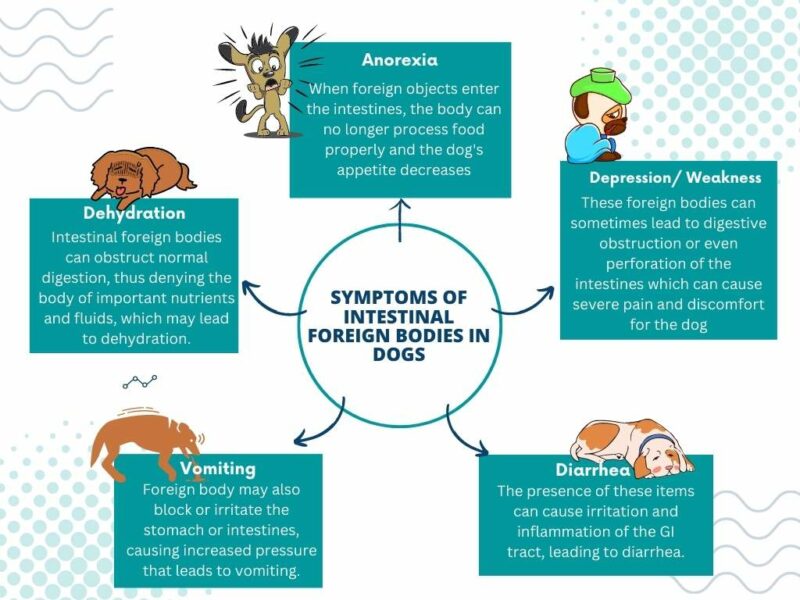
Foreign bodies enter the gastrointestinal tract via ingestion, aspiration, penetration, or perforation. They can cause obstruction, inflammation, infection, bleeding, ulceration, perforation, fistula formation, abscesses, strictures, and necrosis.
The clinical presentation depends on the size, shape, location, and type of FB. Smaller items, such as coins, pass into the small intestine without causing problems. However, surgical removal requires more oversized items such as batteries, nuts, bolts, screws, pins, needles, fish hooks, glass fragments, toothpicks, and chicken bones.
How is Foreign Body Obstruction Diagnosed in Pets?
Diagnosing FBOs requires careful observation and physical examination. First, the veterinarian must carefully examine the animal’s mouth, nose, ears, eyes, rectum, and stomach. This includes looking at the fur coat and skin for signs of trauma.
Veterinarians also use x-rays, endoscopy, ultrasound, and fecal analysis. X-ray imaging shows the location of any foreign bodies within the gastrointestinal tract. The endoscopic examination allows vets to view the inside of the stomach and intestines. Ultrasound provides detailed pictures of internal organs. And fecal analysis detects the presence of certain substances in the feces that help determine whether there is an obstruction.
If the pet appears lethargic or unwell, it should be taken to the vet immediately. The veterinarian will thoroughly examine and take blood and stool samples for analysis.
How is an Intestinal Foreign Body Treated?
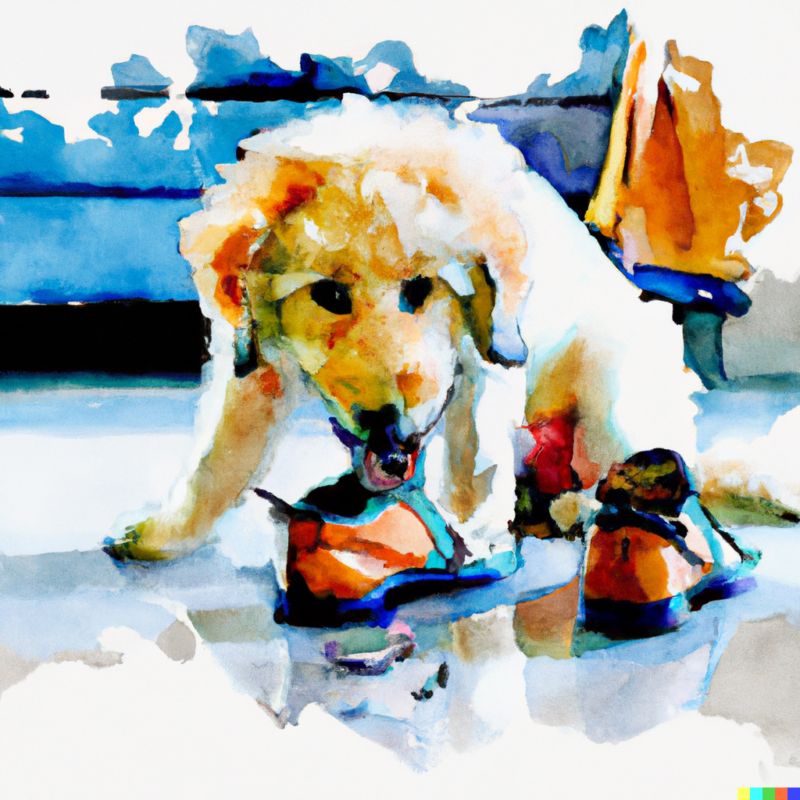
Once the diagnosis is made, treatment options include surgery, medication, and dietary modification. Surgery is usually recommended for large pieces of debris, especially those that cannot pass through the digestive system. Medication is often used to reduce inflammation and pain associated with small obstructions, and dietary modifications may help prevent future blockages.
Suppose a foreign body passes through the gastrointestinal tract without complication. In that case, follow-up X-rays are recommended every two weeks for the first month, then monthly for three months, and then yearly.
In cases where a foreign body causes complications, surgical removal is indicated. Surgical intervention includes laparotomy, endoscopy, or both.
Laparotomy involves an incision of the skin overlying the abdomen followed by an abdominal cavity opening. Endoscopic techniques involve inserting a flexible tube containing a video camera into the patient’s mouth, throat, or rectum. These procedures allow visualization of the entire gastrointestinal tract and facilitate retrieval of the foreign body.
Afterward, your vet will give your pet pain medication and antibiotics to prevent infection. Then, depending on the severity of the injury, your vet may recommend additional treatments, such as X-rays, endoscopy, or surgery.
How to Prevent Your Pets from Swallowing Foreign Objects
If you want to keep your pets safe, knowing what kinds of objects are dangerous to swallow is essential. Here are some tips to help prevent your pet from eating foreign objects:
First, please don’t worry. This isn’t life-threatening, and it doesn’t require surgery. Several safe and effective techniques can be used to remove the object safely.
- Keep your home clean. This includes keeping trash out of reach and cleaning up any spills.
- Make sure your pet has plenty of fresh water.
- Don’t leave food lying around.
- Never give your pet treats made from rawhide. Rawhide contains chemicals that can cause severe internal damage.
- Be careful not to let your pet play with small objects. Small objects can become lodged in his throat, causing him pain and possibly choking.
- Please do not allow your pet to lick himself after eating; licking causes bacteria to enter his mouth and throat.
- Always supervise your pet when playing outside.
Frequently Asked Questions
Disclaimer: The information provided on this veterinary website is intended for general educational purposes only and should not be considered as a substitute for professional veterinary advice, diagnosis, or treatment. Always consult a licensed veterinarian for any concerns or questions regarding the health and well-being of your pet. This website does not claim to cover every possible situation or provide exhaustive knowledge on the subjects presented. The owners and contributors of this website are not responsible for any harm or loss that may result from the use or misuse of the information provided herein.


